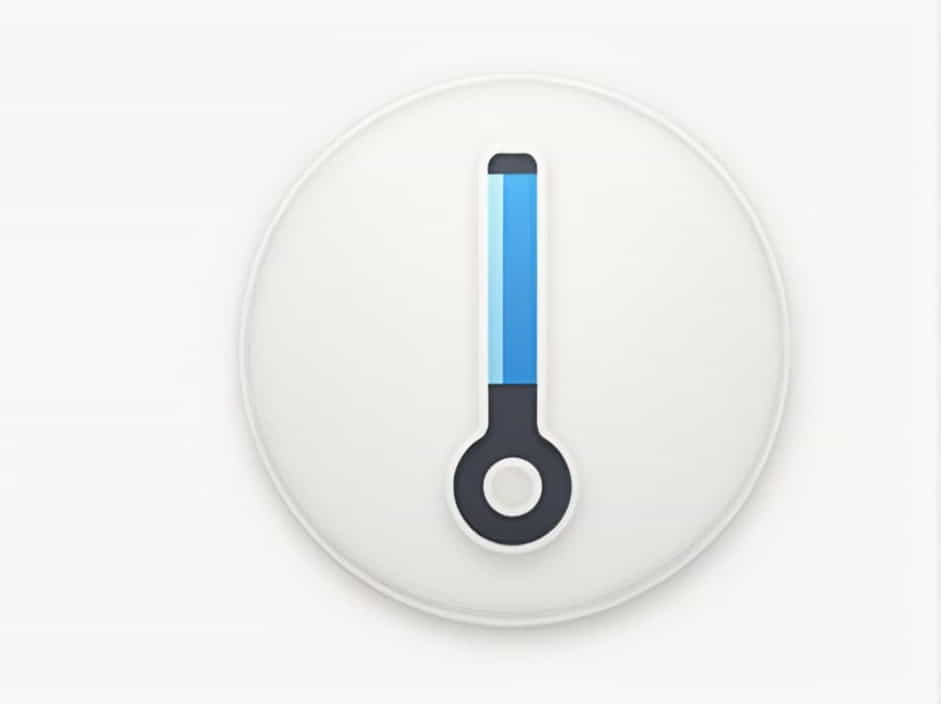Measurement units play a crucial role in daily life, science, and industry. However, confusion often arises when discussing different units from the metric system. One common misconception is that the hectogram (hg) is used to measure length. In reality, the hectogram is a unit of mass, not length.
This topic will clarify what a hectogram is, explain the correct unit for length measurement, and discuss the importance of understanding the metric system correctly.
What Is a Hectogram?
A hectogram (hg) is a metric unit used to measure mass or weight. It belongs to the International System of Units (SI) and is equal to 100 grams (g).
Conversion of Hectogram to Other Units
✔ 1 hectogram (hg) = 100 grams (g)
✔ 1 hectogram (hg) = 0.1 kilograms (kg)
✔ 1 hectogram (hg) = 3.527 ounces (oz)
✔ 1 hectogram (hg) = 0.22 pounds (lb)
This unit is commonly used in food industries, agriculture, and small-scale trade to measure items such as flour, meat, and fruits.
Why Can’t a Hectogram Measure Length?
1. Different Physical Quantities
✔ Length measures the distance between two points.
✔ Mass measures the amount of matter in an object.
These are completely different properties, so a unit of mass like hectogram cannot be used to measure length.
2. Correct SI Unit for Length
The correct unit for measuring length in the metric system is the meter (m). Other metric units for length include:
✔ Kilometer (km) = 1,000 meters
✔ Centimeter (cm) = 0.01 meters
✔ Millimeter (mm) = 0.001 meters
✔ Micrometer (µm) = 0.000001 meters
These units are widely used in science, engineering, construction, and daily life.
Common Misconceptions About Hectogram and Length
1. Confusion Between ‘Hecto-‘ and ‘Hecto’ Units
The prefix ‘hecto-‘ means 100 times the base unit. Some people mistakenly assume that because ‘hecto-‘ appears in units like hectometer (hm) (100 meters), it also applies to hectogram for measuring length.
✔ Hectogram (hg) = Mass
✔ Hectometer (hm) = Length
2. Misinterpretation in Schools and Daily Use
Many students and even adults misunderstand metric system units, leading to errors in measurement applications.
✔ Length is measured in meters, centimeters, millimeters, etc.
✔ Weight is measured in kilograms, grams, hectograms, etc.
This confusion is common, especially for those unfamiliar with metric system conventions.
Understanding the Metric System
1. Base SI Units for Different Measurements
The International System of Units (SI) defines specific base units for each type of measurement:
✔ Length → Meter (m)
✔ Mass → Kilogram (kg)
✔ Time → Second (s)
✔ Temperature → Kelvin (K)
✔ Electric Current → Ampere (A)
✔ Amount of Substance → Mole (mol)
✔ Luminous Intensity → Candela (cd)
Hectogram is a derived unit of mass, while meter is the base unit of length.
2. Importance of Using the Correct Units
✔ Precision in Science and Engineering – Using incorrect units leads to calculation errors.
✔ Consistency in Global Trade and Communication – Standardized units prevent confusion.
✔ Educational Clarity – Teaching correct units ensures accurate knowledge transfer.
Practical Applications of Hectogram vs. Length Units
1. When to Use Hectogram
✔ Grocery Stores – Measuring flour, sugar, meat, and dairy products.
✔ Agriculture – Weighing crops like rice and wheat.
✔ Food Packaging – Specifying net weight on product labels.
2. When to Use Length Units (Meters, Centimeters, etc.)
✔ Construction – Measuring the height of buildings, roads, and bridges.
✔ Textile Industry – Determining fabric length for clothing.
✔ Medical Fields – Measuring body height and instrument dimensions.
How to Avoid Confusion Between Mass and Length Units
1. Learn the SI System Properly
Understanding metric prefixes helps prevent confusion:
✔ Kilo- (1000x) → Kilogram (kg), Kilometer (km)
✔ Hecto- (100x) → Hectogram (hg), Hectometer (hm)
✔ Deca- (10x) → Decagram (dag), Decameter (dam)
✔ Base Unit (1x) → Gram (g), Meter (m)
2. Use Mnemonics and Visual Aids
✔ Think of a ruler → Used to measure length (meters, centimeters, etc.)
✔ Think of a scale → Used to measure mass (kilograms, grams, etc.)
These simple associations help differentiate between units.
3. Check Measurement Labels on Products
✔ If a product lists grams (g), kilograms (kg), or hectograms (hg), it is measuring mass.
✔ If a product lists meters (m), centimeters (cm), or millimeters (mm), it is measuring length.
Being aware of standard labeling reduces errors in understanding measurements.
Frequently Asked Questions (FAQ)
1. What is a hectometer?
A hectometer (hm) is a unit of length equal to 100 meters. It is different from a hectogram (hg), which measures mass.
2. Why do some people think hectograms measure length?
The confusion comes from the prefix ‘hecto-‘, which means 100 times the base unit. People mistakenly associate hectogram (100 grams) with hectometer (100 meters).
3. What is the best unit to measure body weight?
✔ Kilograms (kg) are commonly used for body weight measurements.
✔ Hectograms (hg) may be used in food measurements but are rarely used for personal weight.
4. What is the best unit to measure the height of a person?
✔ Centimeters (cm) and meters (m) are used to measure height.
✔ Using hectograms (hg) for height would be incorrect.
5. How can I remember the difference between hectogram and meter?
✔ Hectogram (hg) = Gram (g) → Related to Weight/Mass
✔ Meter (m) = Distance → Related to Length
The hectogram (hg) is a unit of mass, not length. Many people mistakenly believe it measures length due to the hecto- prefix. The correct unit for length is the meter (m) and its derivatives, such as centimeters (cm), millimeters (mm), and kilometers (km).
✔ Hectogram (hg) = 100 grams → Used for weight
✔ Hectometer (hm) = 100 meters → Used for length
By understanding the metric system correctly, we can avoid measurement mistakes and ensure precision in everyday life, science, and industry.
